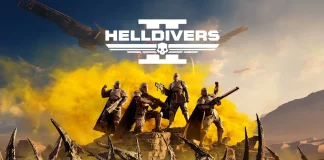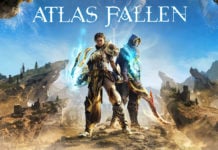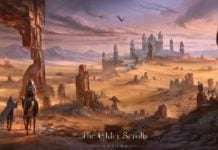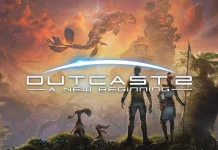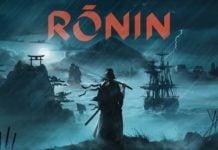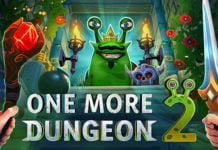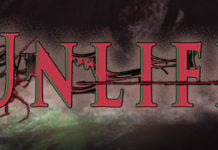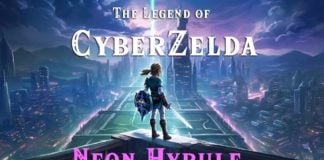
With the recent release of Final Fantasy 16, fans and newcomers alike are diving into the complex and immersive worlds of this long-running, beloved gaming series. A major point of fascination, and occasional confusion, is the connection, or lack thereof, between each entry in the series. This article provides an in-depth examination of the relationship between different Final Fantasy titles, with a special focus on comparing the latest edition to its predecessor, Final Fantasy 15.
Independent Narratives: A Final Fantasy Tradition
Since its inception, the Final Fantasy series has been known for its standalone stories, each taking place in a unique world with separate characters and distinct plots. This independence allows players to enjoy any title in the series without the need for prior experience or knowledge.
Final Fantasy’s Approach to Storytelling
- Self-contained plots: Each game offers a complete narrative arc, providing players with a sense of closure at the end of their journey.
- Unique settings: Every entry in the series is set in a different world, ranging from high fantasy universes to more technologically advanced locales.
- Originality: The series allows for creative freedom, as every title brings fresh characters, plots, and game mechanics to the table.
Final Fantasy 16 vs. Final Fantasy 15
At first glance, it is clear that Final Fantasy 16 has no direct connection to its predecessor, Final Fantasy 15. This is in line with the franchise’s history of creating separate storylines.
- Distinct worlds: While both games offer visually stunning environments, there is no overlap between the two. Final Fantasy 15’s world of Eos is drastically different from the medieval-inspired setting of Final Fantasy 16.
- New characters: The protagonists of Final Fantasy 15, Noctis and his companions, do not make an appearance in Final Fantasy 16, and vice versa.
- Unrelated storylines: The two games have entirely different plots, with Final Fantasy 15 centering around a journey to reclaim a stolen kingdom, whereas Final Fantasy 16 delves into a tale of political intrigue and warring realms.
Subtle Threads: The Elements That Tie the Series Together
Despite the independence of each entry in the series, there are recurring elements that thread throughout the games and act as a connecting tissue.
Shared Themes and Concepts
- Crystals: The presence of magical crystals is a staple of the series, often playing a critical role in the story or gameplay.
- Summoned creatures: Known as Eidolons, Espers, or Aeons, depending on the game, these powerful beings can be called upon to aid the characters in battle.
- Character archetypes: While each game has a unique cast, there are familiar archetypes that often reappear, such as brave warriors, cunning thieves, and wise mages.
Familiar Faces and Creatures
- Chocobos: These adorable, ostrich-like creatures have become synonymous with the series, usually serving as a mode of transportation.
- Moogles: Widely recognized as one of the most iconic mascots of the series, Moogles appear in almost every game, aiding players with various tasks.
- Cid: The name “Cid” is consistently used for characters throughout the series, typically associated with airships or engineering expertise.
Ultimately, the Final Fantasy series’ true connection lies in its approach to storytelling, character development, and world-building. Each title invites players into a unique adventure, unbound by the constraints of a linear narrative. Final Fantasy 16 proudly continues this tradition while standing on its own as a distinct entry in the series.
Although the lack of a direct connection between Final Fantasy 15 and 16 may leave some searching for common ground, it’s important to recognize and appreciate the independent spirit of each game that has made the series so legendary. In the end, the most significant connection between the entries is the lasting impact they have on the players who become engrossed in these fantastical worlds.
Final Fantasy Timeline FAQ
Is Final Fantasy XVI related to Final Fantasy XV? No, Final Fantasy XVI is not directly related to Final Fantasy XV. Each Final Fantasy game traditionally stands alone with unique narratives, worlds, and characters. Final Fantasy XVI and XV are no exception, with distinct worlds, new characters, and unrelated storylines. However, they share certain recurring themes and elements that tie the Final Fantasy series together, such as crystals, summoned creatures, character archetypes, and familiar faces and creatures like Chocobos, Moogles, and characters named Cid.
Do I need to have played Final Fantasy XV to understand Final Fantasy XVI? No, you don’t need to have played Final Fantasy XV to understand Final Fantasy XVI. Each game in the Final Fantasy series offers a complete, self-contained narrative, which allows players to enjoy any title without requiring prior experience or knowledge.
What are some common elements between Final Fantasy XVI and other games in the series? Some common elements between Final Fantasy XVI and other games in the series include the presence of magical crystals, summoned creatures known as Eidolons, Espers, or Aeons, and certain character archetypes. Familiar faces and creatures, such as Chocobos, Moogles, and characters named Cid, also often make appearances throughout the series.
How does Final Fantasy XVI compare to Final Fantasy XV in terms of setting and characters? Final Fantasy XVI and XV each take place in unique, distinct worlds with no overlap between the two. Final Fantasy XV is set in the world of Eos, while Final Fantasy XVI has a medieval-inspired setting. The characters in each game are also unique, with the protagonists of Final Fantasy XV not making an appearance in Final Fantasy XVI, and vice versa.
What is the overall approach to storytelling in the Final Fantasy series? The Final Fantasy series is known for its self-contained plots, unique settings, and originality. Each game offers a complete narrative arc, set in a different world, and introduces fresh characters, plots, and game mechanics. This approach allows for creative freedom and offers a distinct experience with each title in the series.












